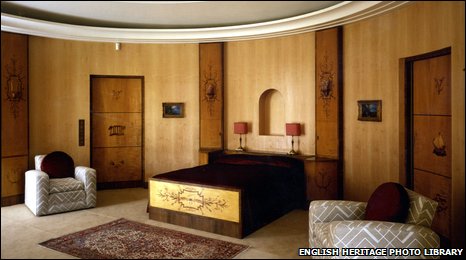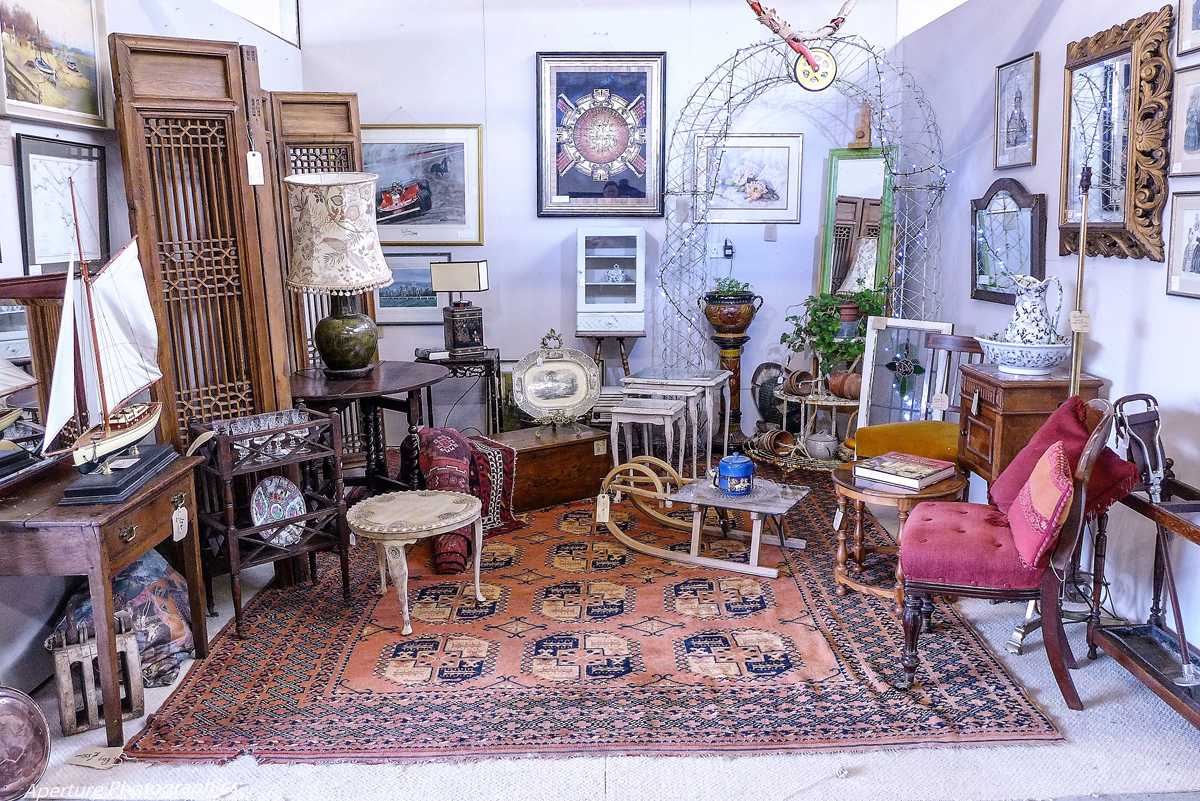As a French person who has lived in the UK since 2003, I feel influenced by both French interiors and British interiors. And as an interior designer, this is an advantage as it gives me more styles to play with. It also opens my sensitivity to both nations and beyond. Admittedly, there is no hard line, i.e. if French interiors are known to be elegant, it does not mean British interiors can’t be elegant. And vice-versa when it comes to British interiors being edgy. That said, I thought I would write about how I would design an interior with these two countries’ influences. Warning: this post contains many clichés!
1. Heritage interiors
As a keen visitor of National Trust and English Heritage properties, I love the way the British curate and maintain their old houses. A visit to these houses takes you effortlessly back to the way the original house owners lived. There are a lot of elements that can be transferred. Whether it is the art deco heaven of Eltham Palace or a bathroom at Montacute house, these styles influence me. As long as room is consistent with one style, I would never hesitate to mix old and new, and source pieces of furniture, lighting and accessories from the Victorian times, Arts and Crafts movement or a more contemporary style.
Virginia Courtauld's bedroom at Eltham Palace
Bathroom at Montacute house
Tyntesfield house library
2. Effortless interiors
A French apéritif
To me, a French apéritif with amuse bouches is the most relaxed thing to do. The French lifestyle is all about chilling, conviviality and easiness. Because of this lifestyle, French interiors are often defined as “effortless”. But these are really well thought through! This aperitif would go with comfy chairs, a practical and attractive table, nice dishes for the well presented canapés and appropriate glasses for drinks. Beyond that, it is all about how people flow through the house and pieces of furniture, all should be effortless and natural. This is all about creating an optimised user experience, a theme that has been dear to me during my whole career.
“Effortless” French interior.
3. Reuse
Reusing is really important to me, and it has two dimensions.
First, it means respecting the history of the building and the interior: any interesting feature or charming element of the house or flat should be kept or renovated to preserve the story of your interior while writing a new chapter with your own life. This guarantees for a harmonious home.
Secondly, it means “chiner”, a French verb that takes it roots from the country of China, which means finding second-hand accessories or pieces of furniture. A hobby of mine, that I developed since living in the UK. Antiques do add character to a home.
Respecting the history of the building and interiors, whilst enhancing it with the use of antiques, works amazingly with any interior and mix very well with new pieces.
The Alleyways Antiques Centre in Bridport, UK.
4. Unfussily bold
As a French teenager, I remember London having the reputation of being a place where no matter how you dressed, you would not be stared at. Just think of the 70s punk era! What fascinates me about the UK, and particularly London, is how silently bold people can be, not making a fuss at all about it, in a very gentlemanly way. And that does translate into the interiors where heavy patterns mix easily, keeping an harmonious balance, whilst being bold. And who better than the brand House of Hackney to illustrate my point here (see picture below).
Restaurant using House of Hackney wallpaper and fabric.
5. Don’t follow trends
Undoubtedly French, trends should be used for inspiration only and not as true guidelines. Read more in another article here. In France, there is a say: “The more things change, the more they remain the same”. When studying interior designs, quickly I realised that looking back at Egyptian times, at Greek and Roman civilizations, at the Renaissance or even during the 70s how each period was influenced by the previous ones, often rejecting the previous period and embracing with a twist the the one before. For example, during the reign of Louis XV, furniture was designed with feminine, rounded curved, the Rococo style. Then, under Louis XVI furniture went the opposite way during a classical revival, when furniture became more square. So again, trends help, but what matters is right right for you and your interior.
6. International interiors
Throughout history, Britain did not hesitate to import interior items and material from other countries: Indian silk and cotton, Australian wool, Chinese cookery, French furniture,... design ideas and influences came internationally for Britain. Personally, on top of many travels, I also lived in Ireland and Mexico before coming to London, so I will not shy from international influence as well.








